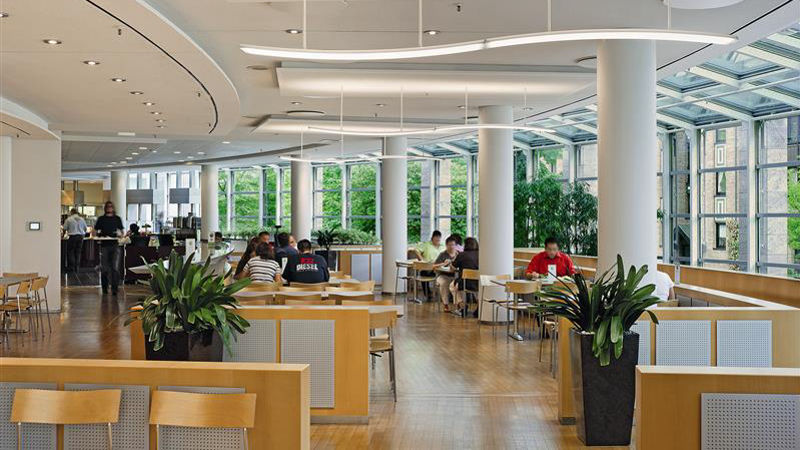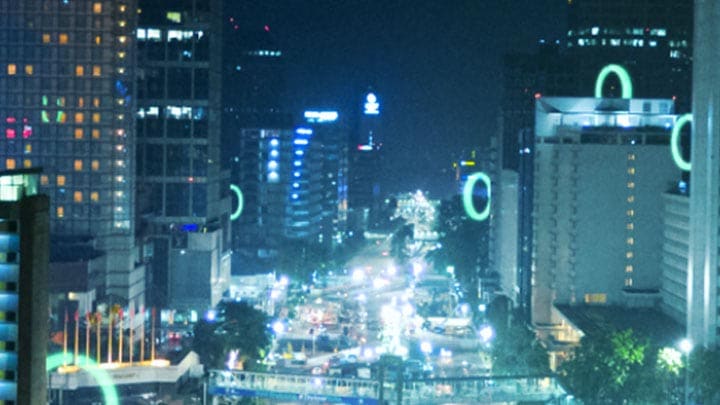We are proud of our success, and we believe our progress so far could not have been possible without having an inward perspective and making changes. Here are a few measures we took:
- Renewable energy plays a central role in Signify’s journey to net zero.
A recent study by the We Mean Business Coalition showed that more than half of companies are prepared to relocate operations to have better access to renewable electricity. At Signify, we have created access to clean electricity where it did not exist. We were one of the first European companies to invest in power purchase agreements at scale. Today, these supply 47 per cent of our renewable electricity. Beyond sourcing renewables, Signify has begun electrifying its logistics fleet, introduced plant-based biofuels, and transitioned to electric and hybrid lease cars. Combined, these measures contributed to an emissions reduction of 505mn tonnes of carbon dioxide across our value chain since 2019, a 60 per cent decrease in all scopes.
- Forming the right collaborations
No single company can decarbonise in isolation. We are an active voice in encouraging governments to reduce emissions and incentivise greater energy efficiency across economies.
Together with the Climate Group Signify has co-authored a white paper on Unlocking Negawatts, showcasing how lighting can drive energy security and decarbonisation, is one recent example. We also participate in global forums such as COP and Climate Week, believing that advocacy is a powerful, often underused lever to progress on climate goals. We recently also announced the launch of Pineapple CoRE- a strategic collaboration
with Pineapple Partnerships, the systems change focused consultancy, and Schneider Electric, the leader in the digital transformation of energy management and automation. The collaboration aims to accelerate decarbonization across the commercial and industrial property sector. Initially focusing on the UK, the collaboration is scalable for global deployment.
- Energy efficiency for the win
The targets in Signify’s CTP are aligned with science. The company’s biggest source of emissions is in the use phase of its products (Scope 3), when lights are switched on by customers. Signify identified two critical actions to lower emissions: improving the energy efficiency of our lighting products and advocating for renewables to power them. Energy-efficient LED lighting now accounts for more than 90 per cent of our revenues, up 5 per cent year on year. The company continues to innovate in connected LED, which reduces energy consumption by around 80 per cent compared with incandescent lightbulbs. It also prioritises investment in ultra-efficient technology and in circular business models such as remanufacturing and light-as-a-service, rooted in the principles of “use less, use longer, use again”.



